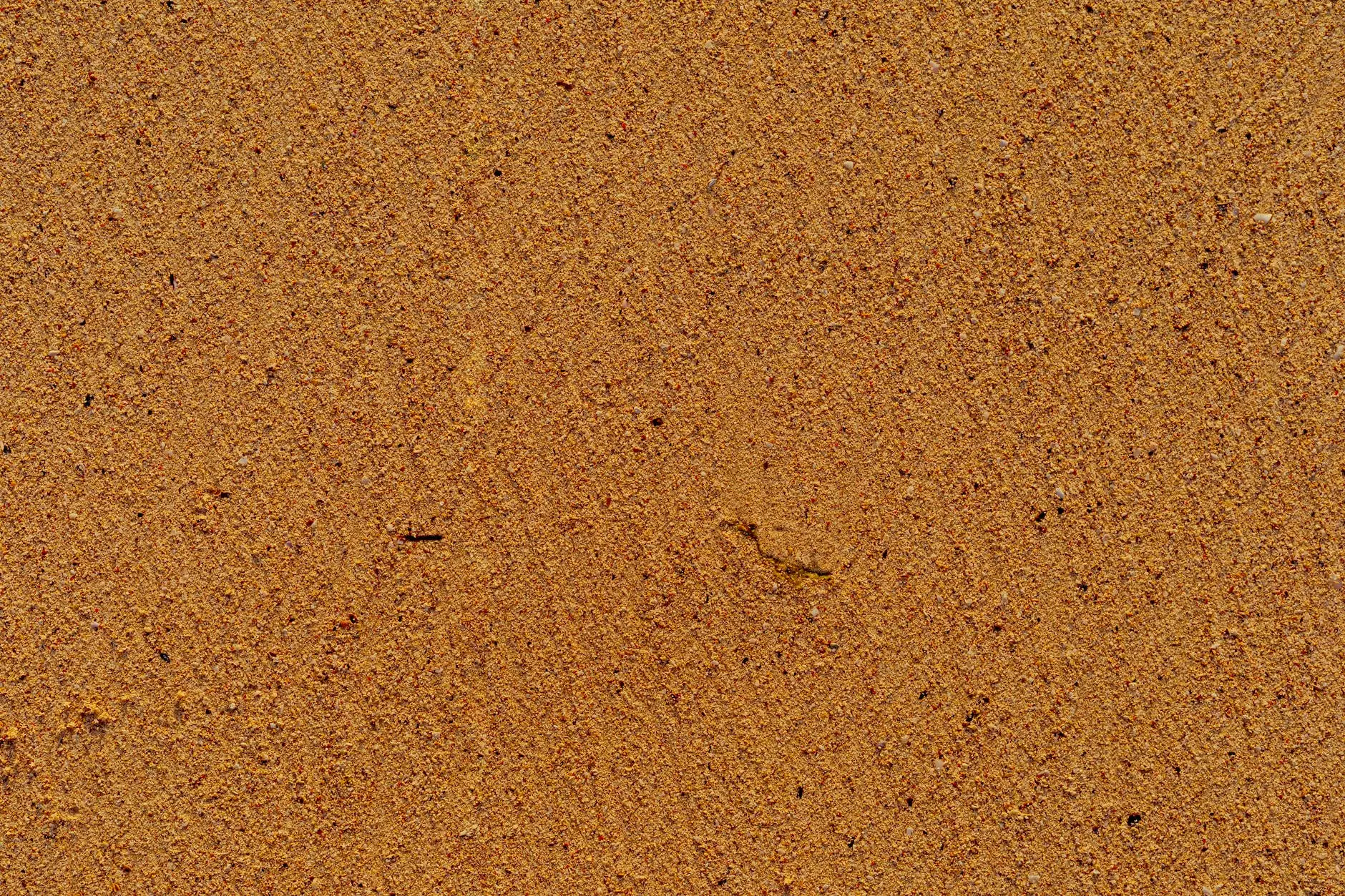What is the difference between silica 30 and 60 sands?
Abrasives
Welcome to Metate Industrial Supply, where we provide the most comprehensive information about silica 30 and 60 sands. As experts in industrial supply, we understand the importance of selecting the right type of sand for various applications. In this guide, we will explore the differences between these two popular sand options and help you make an informed decision based on your specific needs.
Understanding Silica Sands
Silica sand is a versatile material commonly used in industrial applications such as construction, foundries, and oil and gas industries. It is made up of small, granular particles primarily composed of silicon dioxide (SiO2), which gives the sand its distinctive properties.
Silica 30 Sand
Silica 30 sand, also known as 30-mesh sand, refers to a type of silica sand with a particle size of approximately 0.6-0.3 millimeters. This particular grade of sand is commonly used in tasks that require a coarser texture. The larger particle size of silica 30 sand makes it ideal for applications such as abrasive blasting, filtration systems, and concrete mixes where a higher degree of strength is required.
Applications of Silica 30 Sand
- Abrasive Blasting: Due to its coarser texture, silica 30 sand is an excellent choice for abrasive blasting. It can effectively remove paint, rust, and other unwanted coatings from various surfaces.
- Filtration Systems: The larger particles of silica 30 sand make it suitable for filtration systems, where the sand acts as a natural filter to remove impurities from water or other liquids.
- Concrete Mixes: In construction projects that require a higher level of strength and durability, silica 30 sand is often added to concrete mixes to enhance these properties.
Silica 60 Sand
Silica 60 sand, also known as 60-mesh sand, has a smaller particle size compared to silica 30 sand, typically ranging from 0.3-0.009 millimeters. This finer grade of sand is commonly used in applications that demand a smoother finish or higher level of precision.
Applications of Silica 60 Sand
- Glass Manufacturing: Silica 60 sand is widely used in glass manufacturing due to its fine particle size and ability to provide a smooth surface finish.
- Ceramics and Pottery: The finer texture of silica 60 sand makes it a preferred choice in ceramics and pottery applications where a smooth, refined finish is desired.
- Metal Casting: Silica 60 sand is commonly used in metal casting processes to create intricate molds and achieve detailed results.
Choosing the Right Sand
When deciding between silica 30 and 60 sands, it is essential to consider the specific requirements of your project or application. Factors such as desired texture, strength, and surface finish play a vital role in determining the appropriate sand selection.
At Metate Industrial Supply, we offer a wide range of silica sands, including both silica 30 and 60 sands, to cater to various industries and applications. Our knowledgeable team is always ready to assist you in selecting the right sand based on your specific needs and preferences.
Conclusion
In summary, silica 30 and 60 sands are two types of silica sand with different particle sizes, each suitable for specific applications. Silica 30 sand is coarser and commonly used for abrasive blasting, filtration systems, and concrete mixes, while silica 60 sand is finer and preferred for glass manufacturing, ceramics, and metal casting.
When in doubt about which type of sand to choose, consult the experts at Metate Industrial Supply. With our vast experience and extensive product range, we can provide you with the guidance needed to make the best decision for your industrial needs.










